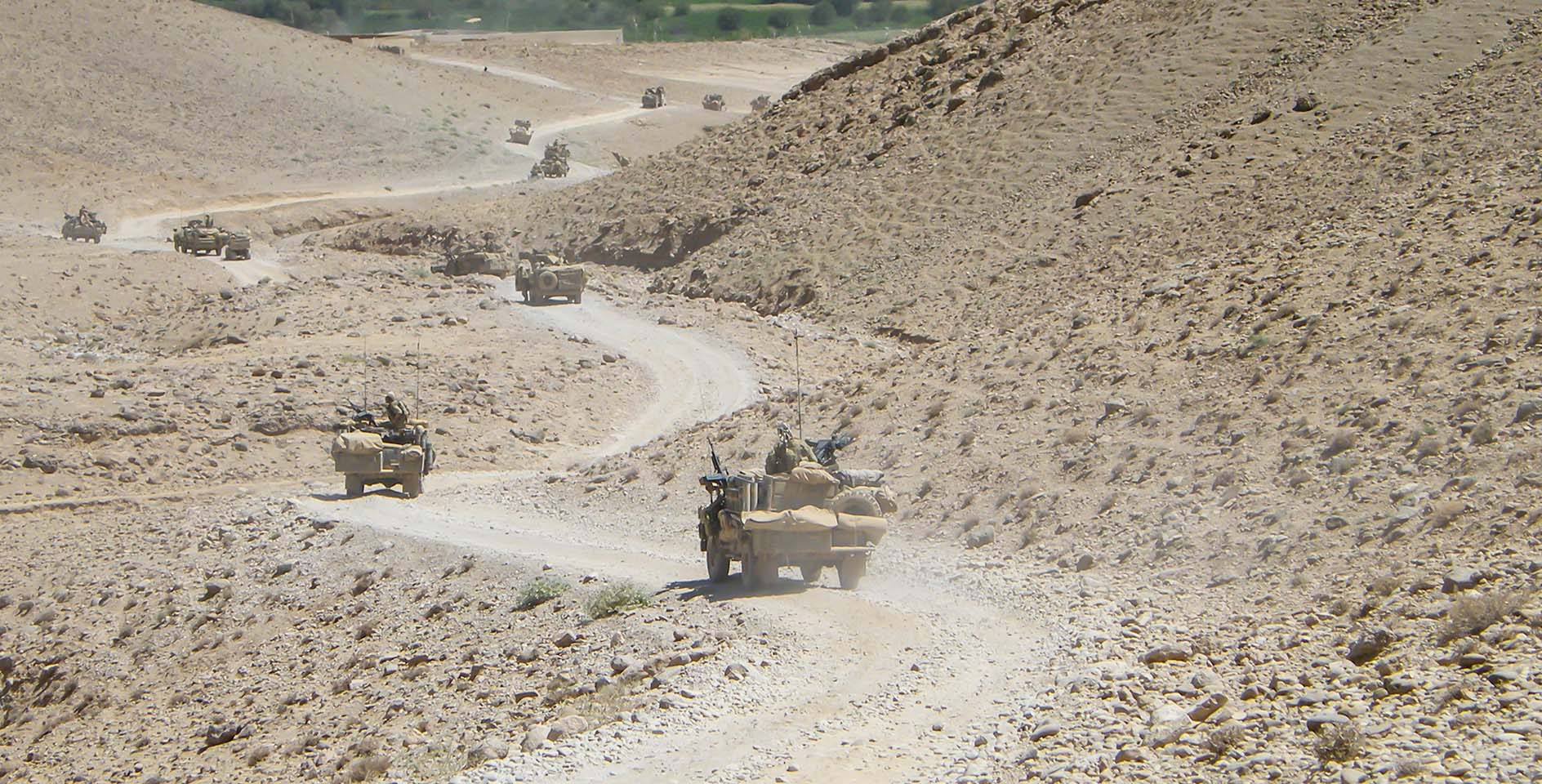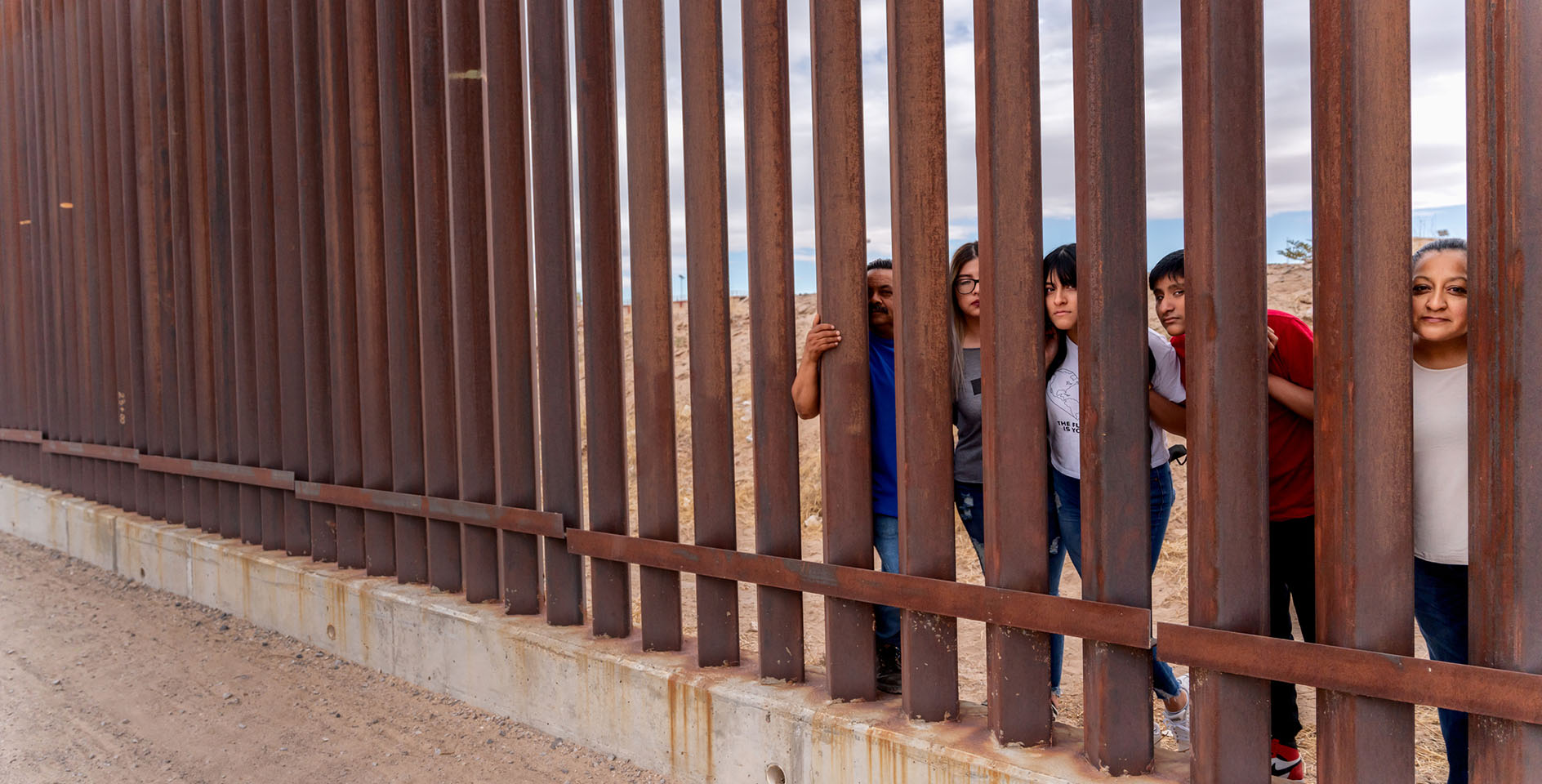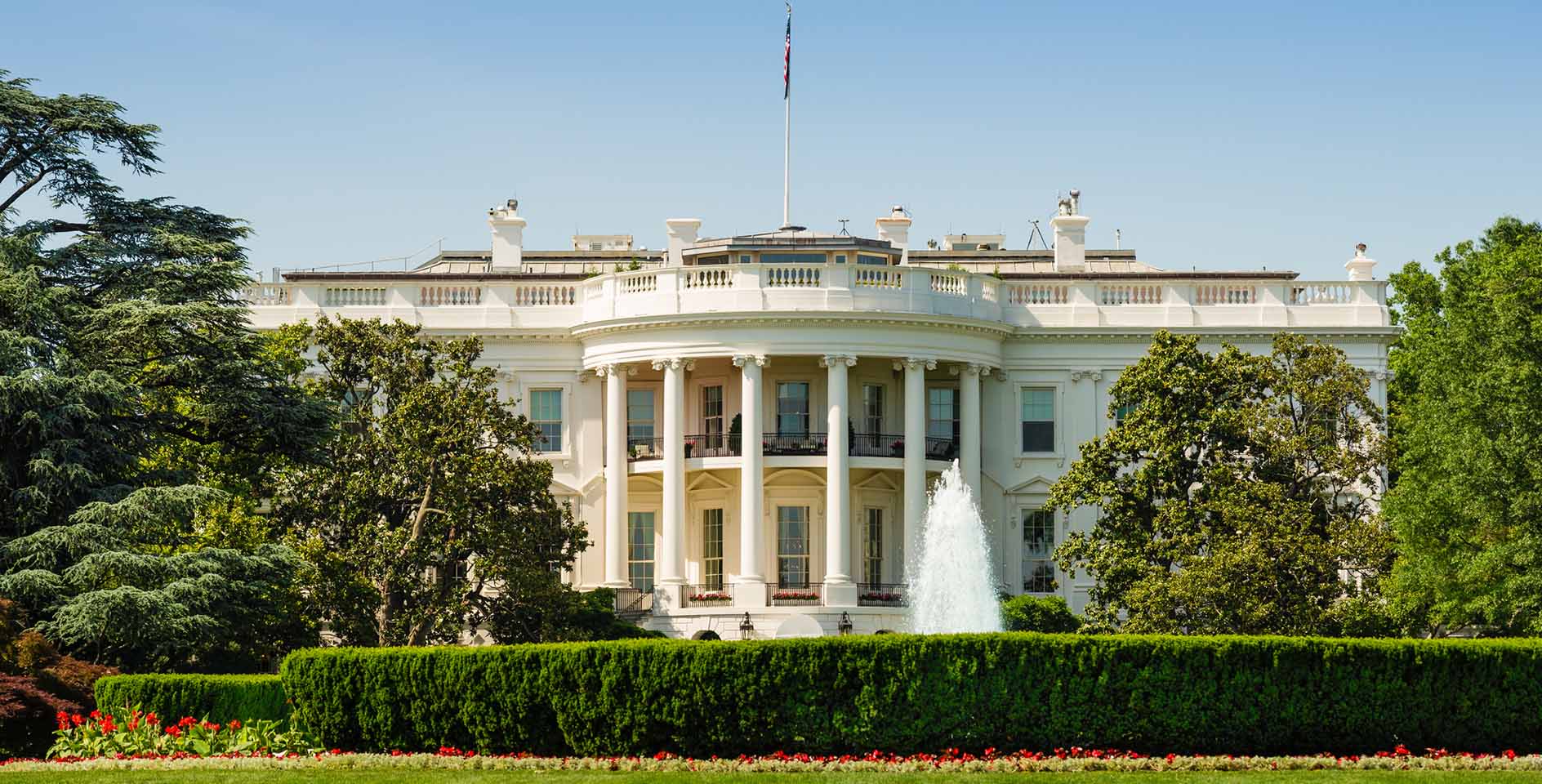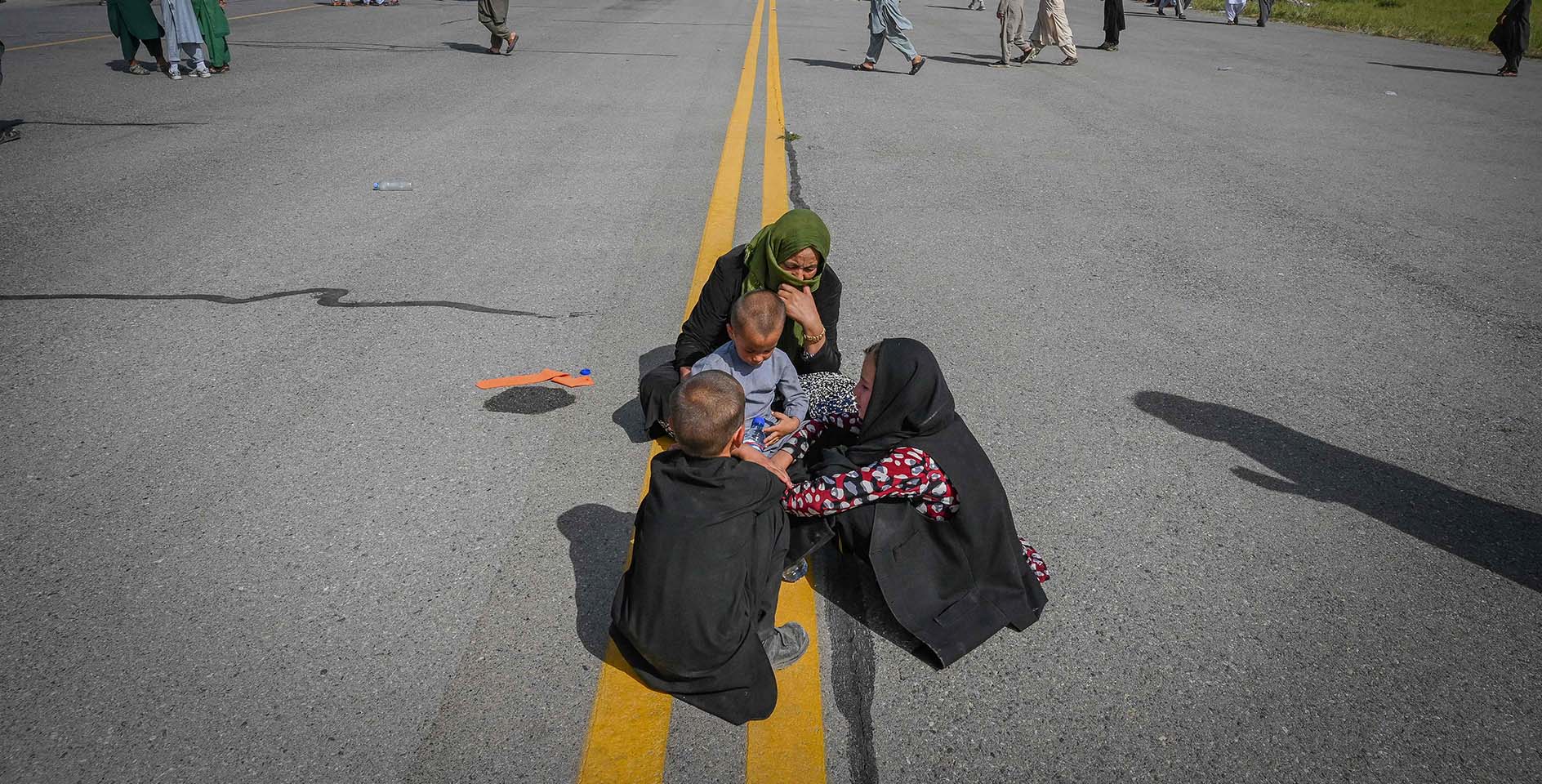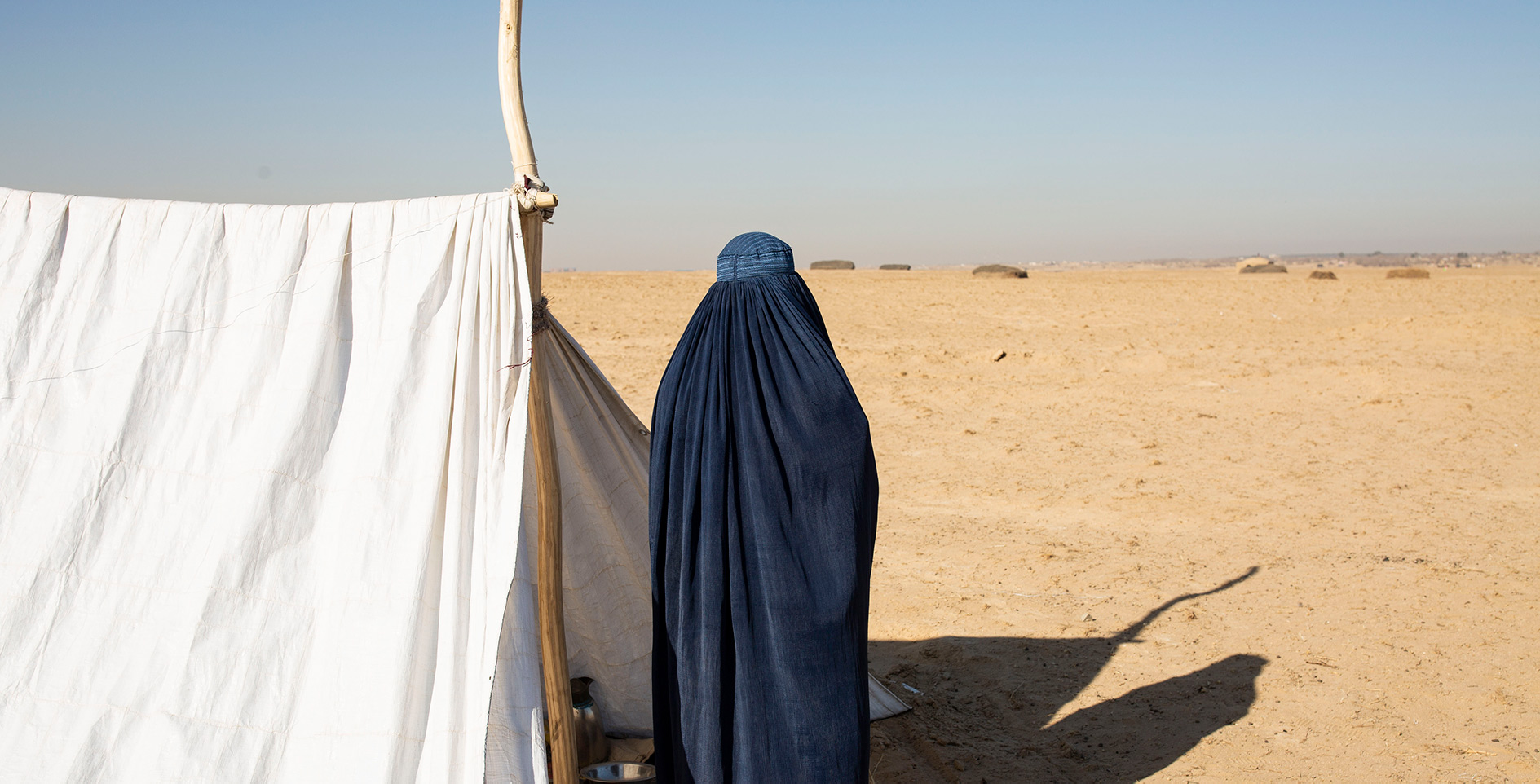Earlier this week, the military completed its mission to evacuate American citizens, third-country nationals, and vulnerable Afghans from Afghanistan. Over the previous few weeks, more than 123,000 civilians were extracted in what was the largest noncombatant evacuation in the U.S. military’s history. Here is what you should know about the U.S. withdrawal from Afghanistan.
Why was the withdrawal and evacuation from Afghanistan conducted so suddenly?
In February 2020, the Trump administration signed an agreement with the Taliban to withdraw the U.S. military presence by May 29, 2021. President Biden renegotiated that agreement to complete withdrawal from Afghanistan to coincide with the 20th anniversary of the Sept. 11 attacks. That deadline was moved up by the Biden administration to Aug. 31.
The military withdrawal was completed on Aug. 30 at 3:20 p.m. EDT, officially ending the 20-year war in Afghanistan.
How many Americans remain in Afghanistan, and what happens to them now?
In the weeks since the Taliban took control of major cities and the capital of Kabul, roughly 5,500 U.S. citizens were airlifted out of the country. There are between 100 to 200 Americans remaining in the country. President Biden has said that most of those remaining are dual citizens who did not want to leave because of family ties.
Biden has promised to help get out any Americans who still want to be extracted from the country. “For those remaining Americans, there is no deadline,” said Biden. “We remain committed to get them out if they want to come out.” But getting those Americans out will now require diplomatic negotiation with the Taliban.
How many Afghan allies were extracted from the country?
From Aug. 14 to Aug. 31, U.S. military aircraft have evacuated more than 73,500 third-country nationals and Afghan civilians from Hamid Karzai International Airport in the capital city of Kabul. That category includes those with special immigrant visas, consular staff, and at-risk Afghans as well as their families. Regarding those left behind, the ERLC joined other organizations in an Evangelical Immigration Table letter to President Biden and requested that the administration “keep our commitment to those at risk for their service to the United States and to others fleeing a credible fear of persecution globally.”
How many Afghan refugees will be coming to the U.S.?
The U.S. government is currently declining to say how many Afghan refugees have arrived in the U.S. since the evacuation from Kabul began last month.
How many translators, interpreters, and other workers were extracted from the country?
Afghan nationals who worked for the U.S. government in such roles as translators and interpreters and who feared reprisal from the Taliban were allowed to apply for a special humanitarian visa.
In July 2021, the Emergency Security Supplemental Appropriations Act authorized 8,000 additional Special Immigrant Visas (SIVs) for Afghan principal applicants, for a total of 34,500 visas allocated since Dec. 19, 2014. These visas were available to Afghan nationals who meet certain requirements and who were employed in Afghanistan by or on behalf of the U.S. government or by the International Security Assistance Force (ISAF), or a successor mission, in a capacity that required the applicant to serve as an interpreter or translator for U.S. military personnel while traveling off-base with U.S. military personnel stationed at ISAF or to perform activities for the U.S. military personnel stationed at ISAF. Afghans seeking SIVs must complete a 14-step application process that includes a visa interview and security screening.
An estimated 5,000 SIV applicants have already been evacuated from Afghanistan, according to a report released by the Association of Wartime Allies, a group advocating for SIV applicants in Afghanistan and Iraq.
There is also a SIV program available to persons who worked with the U.S. Armed Forces or under Chief of Mission authority as a translator or interpreter in Iran and Afghanistan. This program offered visas to up to fifty persons a year (plus spouse and children).
The Association of Wartime Allies estimates there are around 65,000 SIV applicants remaining in Afghanistan.
How much military equipment was left behind in Afghanistan?
The U.S. Central Command says that about 170 pieces of equipment were left in Kabul during the evacuation. The equipment left behind included 70 light tactical vehicles, 27 Humvees, and 73 aircraft. All of this equipment was demilitarized (i.e., rendered unusable for military purposes). The only equipment left operable were a couple of fire trucks and forklifts that could be used at the Kabul airport.



